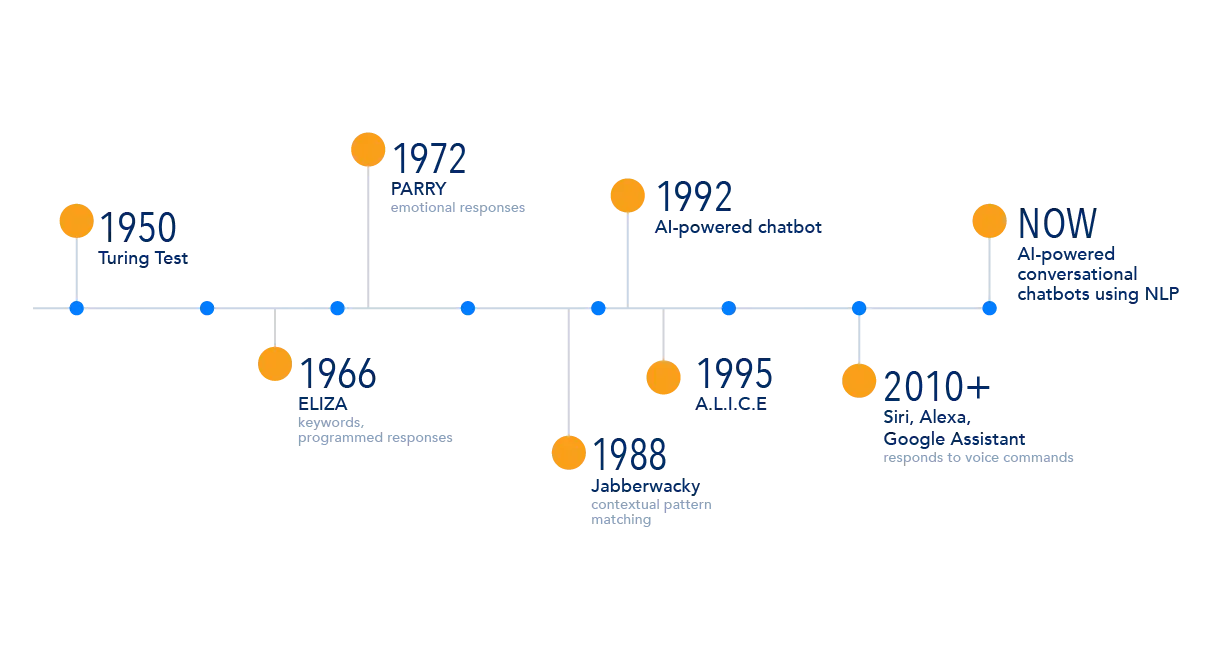Table of Contents
Giants like Amazon, Apple, Google, and the likes have been constantly raising the standards for customer experience with their innovative technologies, fast and reliable delivery services, etc. Every other company is just playing catch up at this point.
Since customers’ expectations are growing higher than the empire state building, small and medium-sized organizations can’t sweat over the small stuff anymore. To level up, they need bigger guns like automation software which can help them convert leads into paying customers and add delight to their existing customers.
Now imagine having less than 3 people in the customer support and service team who are expected to keep track of every lead, their communication based on where they are in the funnel, provide support to existing customers, follow up with them for feedback and reviews, and more.
Seems impossible, right? Because it is.
That’s why we have automation software that automates repetitive and menial tasks for your customer-facing teams so that they can concentrate on building long-term relationships.
For example, email automation software will allow your customer support team to automate all the follow-up emails, feedback campaigns, or any other campaigns they want to run. Such software are also equipped with reports and analytics features that will provide your teams with valuable insights to communicate more effectively with your customers.
And that’s just the tip of the iceberg. There are many other ways automation software is changing the ways companies are crafting experiences for their customers.
Let’s explore them.
5 Ways Automation is Changing the Customer Experience
1. Real-time CX Insights from Business Intelligence Data
It’s a common practice for organizations to have multiple software for customer management, operations, marketing, accounts, etc. But the real opportunities to enhance customer experience lie when insights from all the software are put together.
This is where business intelligence comes into the picture. It is a combination of data analytics, visualization, mining, tools, etc. that help businesses make data-driven decisions. Business intelligence brings all the data together; be it customer management, sales, operations, marketing, designing, and more, by exporting from all the other platforms and software.
This means organizations get a 360-degree view of all their data and real-time insights into their customers’ journeys.
The real-time customer insights are then turned into actions by using automation software that are triggered by specific events like cart abandonment, no account activity, getting feedback, receiving bad reviews, and more. Software like Lumoa categorize and analyze customer feedback in real-time, give an aggregated view of all your data, automate online surveys, track and manage online reputation, and more.
Such software are also equipped with sentiment analysis, touchpoint analysis, customer communities management, customer engagement, and more.
2. Leveraging Chatbots for Real-time Customer Support
Chatbots are a big hit among customers as well as organizations. They enable organizations to provide seamless 24/7 customer support without adding resources to the customer support team, self-service to customers without human intervention, and support to many customers at once.
This technology was invented even before computers back in 1966 but its major evolution happened after the invention of personal assistants like Alexa, Siri, Cortana, etc. At that time, chatbots were limited to answering a pre-defined set of questions with pre-defined answers which had a dead-end, and then, customers had to get in touch with customer support.

[Source: www.capacity.com]
But chatbots in 2021 are AI-powered, conversational that use Natural Language Processor, AI, and machine learning which provide them with context and meaning to your text-based inquiries. They, then, understand your messages and respond appropriately to attempt at solving your inquiries to the best of their abilities.
These chatbots use all the available information and resources about your offerings like FAQs, knowledge bases, blogs, ebooks, etc. They can also be wired to recognize, understand, and solve different forms of the same question.
This technology has the potential of automating almost half of your customer support team’s tasks. It allows them to focus on building better relationships with the 20% of the customers responsible for 80% of revenue.
Most importantly, with most of the companies catering to a global audience, this technology helps them to provide multilingual support across multiple platforms like in-app, email, chat, and social media.
3. Personalized Communication at Scale
Every customer is expecting targeted offers, content, and communication from your end. If you don’t believe us, then according to a study by Accenture, around 91% of consumers are more likely to buy from a brand that provides them with relevant content, offers, and recommendations. Additionally, around 72% of them only engage with targeted marketing communication.
Personalizing customers’ experiences, marketing communication, recommendations, offers, etc. is not possible without automation.
Automation software enables you to create complex workflows and logics which use historical customer data and their interactions like order history, preferences, visited pages, etc. Based on your workflows and logics, your customers get personalized communication and targeted offers which increase engagement, conversions, and your business’s bottom line.
A few other ways automation allows you to personalize your customers’ communication at scale:
-
-
- Automation of all customer touchpoints to deliver personalized communication at every level
- Automated email marketing for highly targeted content, recommendations, offers, discounts for better conversions - even cart abandonment emails, follow-up emails, feedback emails, etc. all of them can be hyper-personalized with the right email automation software
- Personalized content and product recommendations on the website or on social media to improve engagement
-
4. Improved Purchasing Experience
You can now automate the product availability on your website by integrating with robust inventory management software which updates your inventory status in real-time. This will make sure that your customers have the products they want.
The automation not only works on the website side but it also updates your inventory manager when your inventory hits the minimum threshold. As soon as your inventory manager receives this notification, they place an order with your supplier making sure you never stock out and lose out on any sales.
To add one more level of automation, you can always invest in inventory management software that comes equipped with an automated reordering feature, leaving out any chances for human error.
Additionally, such automation software come equipped with customer-centric features like order tracking and updates, real-time updates on stock availability, insights into customer trends and behavior based on historical data, demand, and supply forecasting, etc.
All these features together ensure your customers are assisted and informed at every stage of their purchasing experience which adds delight making them come back again and again.
5. Better Relationship Management
CRMs used to be data repositories back in the day. But now that we’ve empowered CRMs by adding AI, they can be used for better and impactful purposes.
AI-powered CRMs have the capabilities to analyze past data and give your sales team account-based recommendations along with personalized marketing and sales collateral to be sent and at what time.
It also enables your sales team to close more deals by supercharging them with lead scoring using predictive analytics and algorithms.
Moreover, automation also unclogs your sales pipeline by highlighting all the incomplete data, removing all the duplicate and stale data. This means your sales team will now be able to focus on the leads that have higher chances of conversions.
All this put together leads to better customer relationship management which directly affects your brand image, customer loyalty, and your bottom line.
Getting Automation Right
The choices, available in the market, are quite high and your budget might not necessarily be that high. Before getting all excited about the new technology and investing in it, you will need to take a step back and look at your business goals.
What part of customer experience you decide to automate should be aligned with your business goals and success metrics. For example, if your goal is to increase sales by 25%, then automating email marketing around cart abandonment, targeted marketing communication and product recommendation should be on your priority list. Here, investing in a chatbot that automates your customer support will not directly help you achieve your goals.
So, make sure you are aligning your automation with your business goals when you plan on automating your customer service.
 Author Bio: Carl Torrence
Author Bio: Carl Torrence
Carl Torrence is a Content Marketer at Marketing Digest. His core expertise lies in developing data-driven content for brands, SaaS businesses, and agencies. In his free time, he enjoys binge-watching time-travel movies and listening to Linkin Park and Coldplay albums in the loop.

